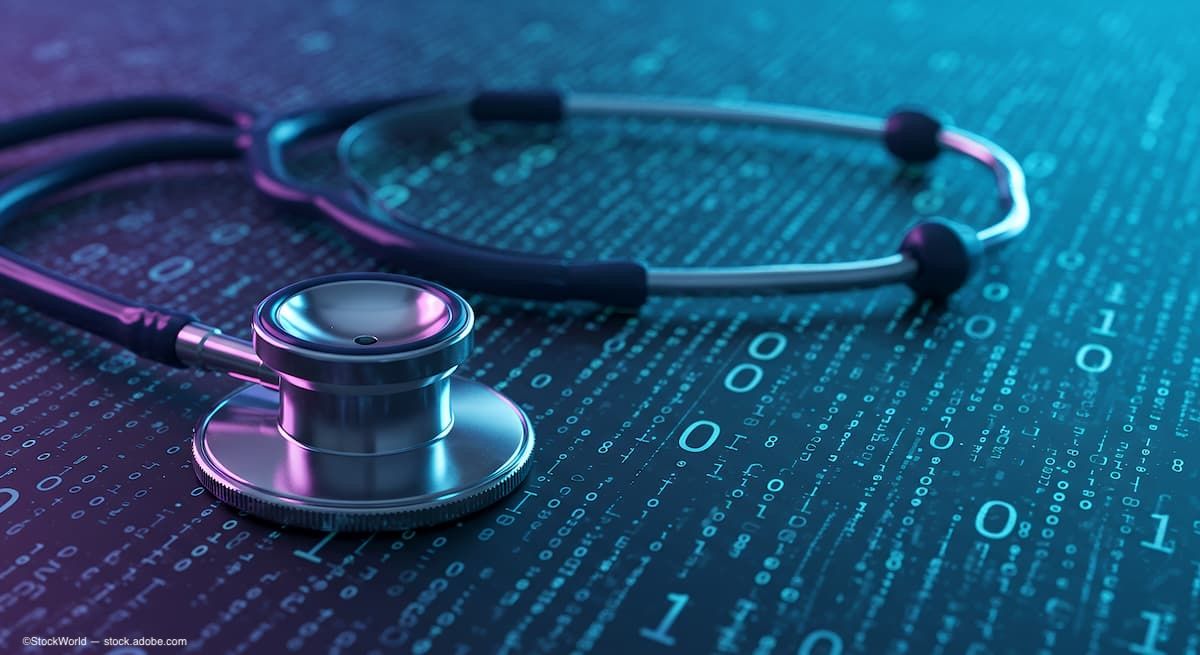Article
Elevation topography helpful screening tool before refractive surgery
Elevation topography can be a useful tool in screening patients for LASIK to lessen to chance of the development of ectasia, said Michael W. Belin, MD, professor of ophthalmology and director of refractive surgery, Albany Medical College, Albany, NY, United States. "A lot of these cases of ectasia in ?normal' eyes are eyes that weren't properly evaluated," he said. "When you're doing computations, you need to do what's called worst case construct and use the thinnest part of the cornea, not necessarily the central ultrasound reading."
Elevation topography can be a useful tool in screening patients for LASIK to lessen the chance of the development of ectasia, said Michael W. Belin, MD, professor of ophthalmology and director of refractive surgery, Albany Medical College, Albany, NY, United States.
"A lot of these cases of ectasia in 'normal' eyes are eyes that weren't properly evaluated," he said. "When you're doing computations, you need to do what's called worst-case construct and use the thinnest part of the cornea, not necessarily the central ultrasound reading."
The topography most familiar to ophthalmologists is Placido topography, Dr. Belin said. "That is a great instrument and will not do you any harm, but realize that there are a couple of assumptions when we use curvature-it's not really Placido, it's curvature-and those are that we make an assumption that our reference axis or our measurement axis is geometrically the center of where the patient is looking but, more so, we're limited to looking at the anterior surface of the cornea."
Because the measurement of curvature is reference-based, mistakes can happen, he said, noting that curvature will change depending on the reference axis used.
"We have to understand that at times, suspicious maps may look normal," he said.
Elevation topography helps eliminate the chance of mistakes, Dr. Belin said.
"When we talk about an elevation map, we're not really looking at elevation, we're looking at elevation against some reference shape," he said, likening an elevation map of the eye to a topographic map of world, with the reference shape being sea level. "It's important that we pick a reference shape to allow us visually to look at the abnormalities on the corneal surface. Classically, what we use is the best fit sphere, and data points that are below the best fit sphere are minus, and those that are above are positive."
Best fit sphere is different for each eye measured, Dr. Belin said.
When screening for an ectatic disease or keratoconus, he continued, it is important to differentiate an astigmatic pattern from an ectatic or keracotonic pattern, which is "positive deviation off the best fit sphere in an island-type pattern."
It is important to look at the posterior surface of the cornea when screening patients for refractive surgery, Dr. Belin said.
"In the past, we've been told not to pay attention to the posterior surface because it's not very important as a refracting surface, and that is correct. It contributes minimally to the optical properties to the eye," he said. "But when we're screening for refractive surgery, we're not looking necessarily at the optical properties as much as the physical properties.
"This is like building a house," he said. "If you have a lousy sub-floor and you put a new wood floor over it, it may look normal, but you want to know if what's below is normal. The posterior surface is an important indicator of mechanical properties of the eye and probably serves as an earlier or subtle indicator [of potential pathology] more than the anterior surface."
Examining the posterior surface also is important when screening patients for keratoconus, Dr. Belin said.
"In the past, physicians have characterized keratoconus based on curvature," he said, defining characterization as visually inspecting the map. "This has also led to inaccurate diagnosis and also a high incidence of what I call pseudo pellucid marginal degeneration. I feel that it's not only important to look at the anterior view but also the posterior surface and also the pachymetric distribution."
Newsletter
Don’t miss out—get Ophthalmology Times updates on the latest clinical advancements and expert interviews, straight to your inbox.




